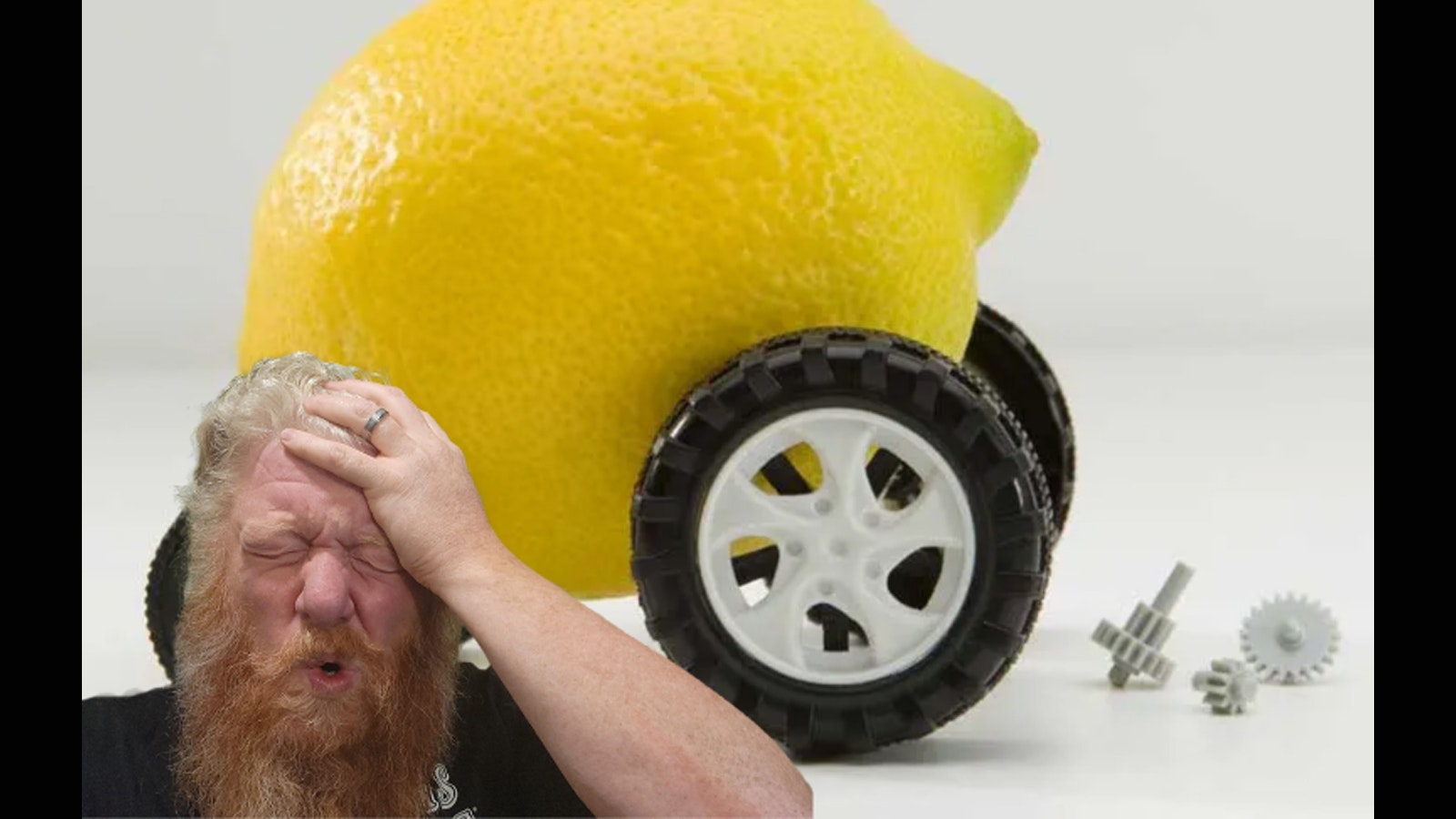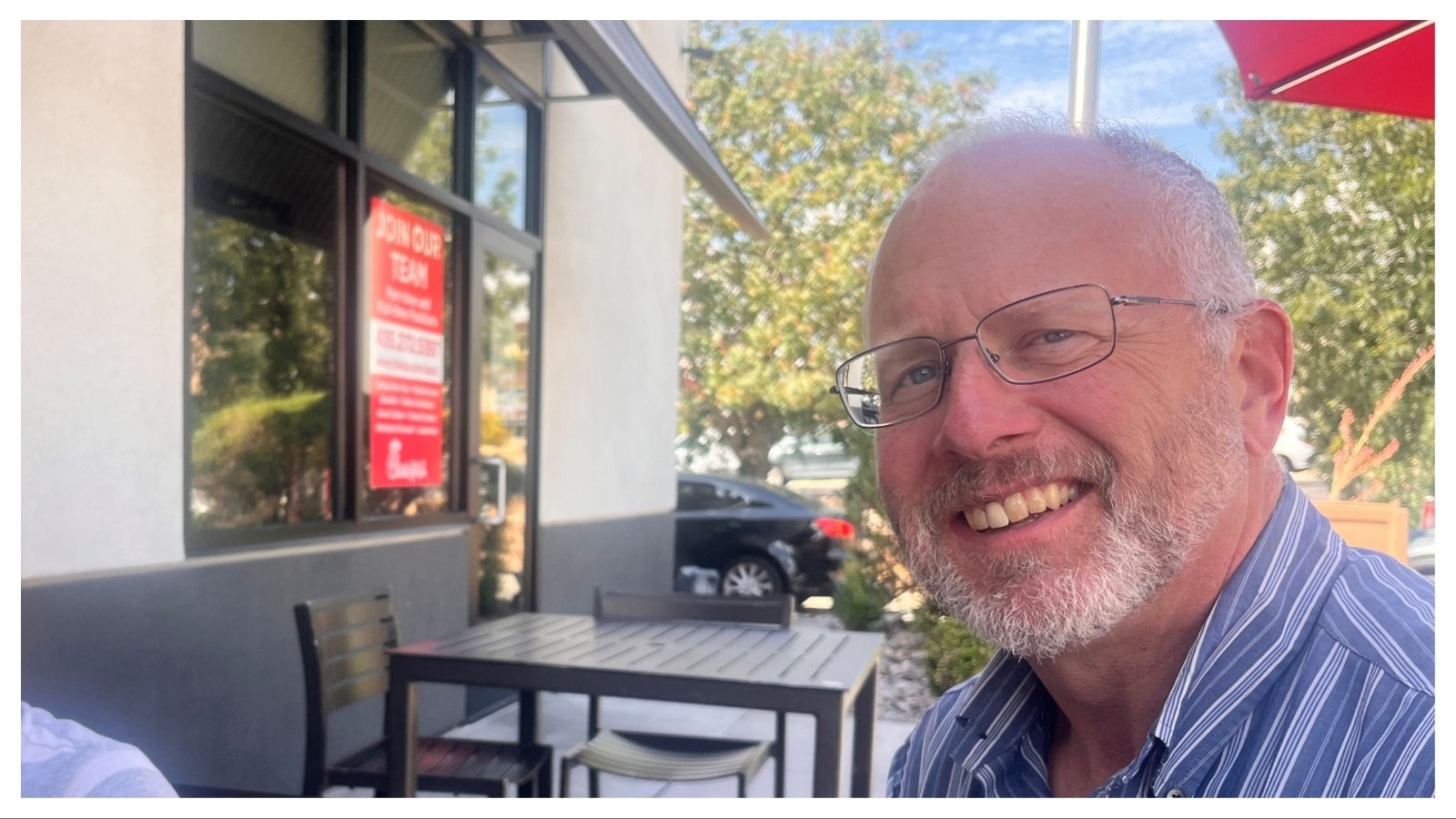Like any industry, automotive has a lot of jargon. Including a host of acronyms that are sometimes used without much explanation. Automotive isn’t at the level of the military when it comes to letters that mean words, but it’s not far behind.
To keep this from becoming a dictionary until itself, I’ll limit the acronyms to ones that are likely to be seen in news announcements, advertising, and the like. Things that are “public facing” as it were.
AAAS - Advanced Active Adaptive Secondary safety system. This generally refers to modern advanced safety systems such as active collision avoidance or braking systems and the like. They are “secondary” to the primary safety systems, not including the driver. Leaving off the last two Ss definitely saved some headaches.
ABC - Active Body Control. No, not the broadcasting company, but the various systems (which might include suspension adaptations, braking, steering abatement, etc) that work to keep the vehicle upright. These are systems that actively monitor the vehicle’s direction, speed, and body roll and react to keep it as stable as possible.
ABS - Anti-lock Braking System. These have been around for a few decades now. It’s a system that “pulses” the brakes when they are active.By repeatedly engaging the brakes several times a second rather than continuously, the system improves stability, helps reduce skidding and sliding, and keeps the brakes cooler so they continue to operate. “Boi got ABS!”
AEBS - Automatic Emergency Braking System. This is part of the AAAS, but this particular term is often seen in association with European brands.
AC or A/C (sometimes HVAC) - Air Conditioning. The system that provides cold air for the vehicle’s cabin occupants.
ACS - Anticipatory Crash Sensing. A system that detects and sometimes preconditions the car for impact. This is usually part of the AAAS.
AFS - Advanced Front lighting System or Adaptive Front lighting System. Found on many luxury vehicles and now trickling down to everyday new vehicles, AFS automatically adjusts headlight brightness, direction, and other aspects. This is to optimize lighting in various conditions such as fog, rain, at night without street lights, etc.
BEV - Battery Electric Vehicle. A vehicle that uses electricity stored in batteries as its sole source of power. An example would be the Ford Mustang Mach-E.
CAFE - Corporate Average Fuel Economy. The NHTSA and EPA set requirements which automotive manufacturers must meet in terms of overall fuel economy for their fleets.
CNG / LNG / RNG / LPG - Compressed, Liquified, Renewable Natural Gas and Liquified Petroleum Gas. All ways of storing natural gas. Several types of vehicles use natural gas for propulsion.
DOT / DoT - Department of Transportation. The U.S. federal government and each individual state have a DoT which regulates vehicles in various ways. Usually through road use enforcement and taxation.
ECU - Engine Control Unit. The main computer in the vehicle’s engine. This usually controls everything pertinent to the vehicle’s operation, but can refer to the computer that only controls the engine and drivetrain.
EPA - U.S. Environmental Protection Agency. The agency which sets rules, guidelines, and regulations regarding emissions. Including those of vehicles and the roadways they drive on.
ESF - Extremely Stupid Feature. A new feature that is, even on paper, a really dumb idea or gimmick.
EV - Electric Vehicle. Technically, this is any vehicle that uses electricity to propel itself. But it’s commonly used for battery-electric vehicles (BEVs). Tesla vehicles, for example, are EVs.
GVW / GVWR - Gross Vehicle Weight and Rating. Various versions of this refer to the weight of a vehicle in different configurations. Usually as a total allowed weight overall.
HEV / Hybrid - Hybrid Electric Vehicle. This is any vehicle that uses both an internal combustion engine and an electric propulsion system. The primary motivator of the vehicle can be either or both. The Toyota Prius is an example of this.
HD or HDV - Heavy Duty or Heavy Duty Vehicle. This has different definitions in different places, but in the U.S. it usually refers to any vehicle that the EPA deems exempt from light-duty vehicle requirements. Currently that means any vehicle weighing more than 8,500 pounds.
HFCEV / HFCV / FCEV - Hydrogen Fuel Cell Electric Vehicle, Hydrogen Fuel Cell Vehicle, or Fuel Cell Electric Vehicle. An EV which uses a hydrogen fuel cell to provide electricity for its propulsion motor(s). FCEV is sometimes used to describe a non-hydrogen fuel cell, such as natural gas fuel cells. In the U.S., these are largely experimental. The Toytoa Mirai is an example of one.
HP - Horsepower. A measurement of an engine’s power output. This is a measurement of torque over time (speed). It is calculated by measuring the force (power output) of an engine or motor per second. In the U.S., that is about 745.7 Watts of power. One HP equals 550 pounds moved 1 foot in 1 second (aka 550 lb-ft).
ICE (sometimes IC) - Internal Combustion Engine. Used to differentiate an engine (which uses fuel) and a motor (which uses electricity).
IIHS - Insurance Institute for Highway Safety. The IIHS is a private non-profit created by an alliance of automotive insurance companies. The IIHS tests vehicles’ crash worthiness and safety equipment and rates them on a scale of “Poor” to “Good.”
IPA - Intelligent Parking Assist. Not to be confused with a type of beer, IPA refers to the semi-automated parking system found in many vehicles today. This system steers the vehicle into a chosen parking space with little driver intervention.
KBB - Kelley Blue Book. The KBB is the go-to resource for used vehicle pricing in the U.S. when selling directly to a buyer. The “street value” of used vehicles is often referring to the KBB’s assessment.
KERS - Kinetic Energy Recovery System. This usually refers to a specific system used in some racing formats, but it can refer to any system that utilizes the kinetic forces of braking to regenerate or save power. Electric and hybrid vehicles have regenerative braking that are, technically, KERS.
kW - KiloWatts. A measurement of electrical power as energy output in work. Invented by a guy named Watt, the term is usually listed with a lowercase k and uppercase W.
Lb-Ft - Pound-Feet. Not often capitalized, lb-ft is a measurement of torque output in the imperial sense. It’s the number of pounds that can be moved one foot in one second by the force being output. Most engines have both a HP and a lb-ft output rating.
LDV - Light Duty Vehicle. Any vehicle that is meant for non-commercial use. The EPA defines this as vehicles weighing under 8,500 pounds and intended for use in transportation of passengers.
LDWS - Lane Departure Warning System. A system, often part of the AAAS, which detects when the driver has left the driving lane (crossed a line). These systems are primarily camera based and are found in most new vehicles as standard.
LEV / NLEV - Low Emissions Vehicle or National Low Emissions Vehicle. Any vehicle which meets EPA standards for low overall emissions during operating. This term is most often associated with hybrid, electric, and alternative fuel vehicles. Especially in the commercial space. The Tesla Semi is a LEV.
LSV - Low Speed Vehicle. These are vehicles that are only allowed to drive at lower speeds when on public roads. These include golf carts, special transportation vehicles, utility vehicles, and the like. Laws governing when, where, and how an LSV can be operated are usually local.
MI - Malfunction Indicator. In automotive, this would be the warning lights on the dashboard. Like the engine light, tire pressure warning light, etc.
MPG and MPGe - Miles Per Gallon and Miles Per Gallon-equivalent. These are measures of fuel economy. MPG is usually tested by the manufacturer, under EPA guidelines, with random spot testing by the EPA to insure compliance. The common measurements for MPG are city, highway, and combined. The city mix is at lower speeds with stop-and-go elements. The highway is at continual speed at 55 mph and higher. The combined is a combined average based on the average vehicle usage in the U.S. MPGe is a formula used to take a non-fuel vehicle (such as a BEV) and compare it to a fueled one.
MPH - Miles Per Hour. A measurement of a vehicle’s speed or rate of travel. One hour is 60 minutes. A vehicle running at 60 mph will cover a distance of 60 miles in 60 minutes. Or a “mile a minute.”
MY - Model Year. The year a vehicle was manufactured for sale. Note that this does not always coincide with a calendar year. Many manufacturers have a cycle that begins in the late summer or early fall to produce the next year’s vehicles. Thus a MY 2025 vehicle may have been produced in 2024. This is largely a designator for parts, service, and other details for the vehicle.
NADA - National Automotive Dealers Association. The largest representative group of automotive sellers in the United States and publisher of the NADA Guide. The Guide is the go-to resource for finding wholesale values for used vehicles.
NGV - Natural Gas Vehicle. A vehicle which operates primarily on natural gas (CNG/LNG/ etc).
NHTSA - National Highway Traffic Safety Administration. The federal agency which oversees vehicle safety, highway safety regulations, and sets the CAFE requirements for automakers. The NHTSA also conducts crash testing of vehicles and provides a five-star rating for three crash risks: frontal, side, and rollover.
Nm - Newton meters. A measurement of torque, this one in metric. This is similar to lb-ft in its usage.
NOx - Nitrogen Oxides. A type of emission which is often very harmful to both humans and their environment. Most combustion engines produce NOx gasses to some degree.
NVH - Noise Vibration and Harshness. A term referring to the small noises, background sounds, vibrations, and other things that contribute to a “harsh ride” in a vehicle. Automakers work very hard to minimize NVH.
OBD - On Board Diagnostics. The standardized system used by automakers to provide onboard diagnostics data to technicians and engineers for vehicle testing and repair.
PHEV - Plug-in Hybrid Electric Vehicle. This is a hybrid vehicle (HEV) that has a smaller battery than a BEV and a backup source of energy that can also propel the vehicle; usually a gasoline engine. The Chrysler Pacifica Hybrid is an example of a PHEV.
REEV - Range Extended Electric Vehicle. These are vehicles that have electric propulsion, but which rely on a source other than batteries alone for power. Usually a gasoline or diesel engine. Modern locomotives are REEVs, for example, using a diesel engine to produce electricity for electric motors. The difference between a PHEV and a REEV is the REEV is primarily built as an electric vehicle whereas a PHEV is usually not. The upcoming Ram REV is an REEV. But Ram can’t trademark a common term, so they shortened it.
SiaSD or TiWWCHNT - Stupid is as Stupid Does or This is Why We Can’t Have Nice Things. These terms are often recited when something very obviously unsafe is nevertheless the subject of a lawsuit and vehicle recall.
UI / GUI - User Interface or Graphical User Interface. In automotive, this usually refers to the infotainment system found on the central dashboard.
VIN - Vehicle Identification Number. Located on the driver’s side, inside the windshield, for public display as well as at various points on the vehicles’ engine block, frame, etc. This unique number identifies the vehicle exclusively, giving owners, investigators, and others a traceable identifier for a vehicle.
ZEV - Zero Emissions Vehicle. A vehicle which produces no emissions from its propulsion system when operating. Similarly, nZEV or Near-ZEV vehicles produce only small amounts compared to other vehicles on the road.





